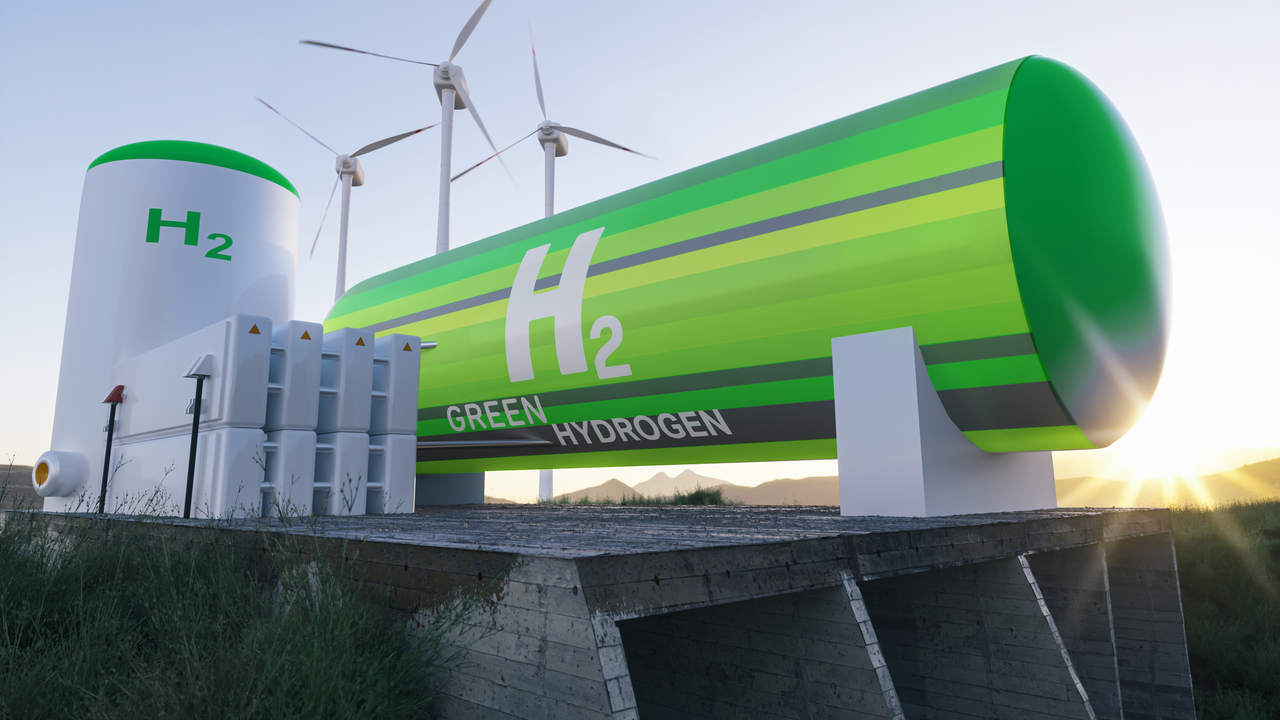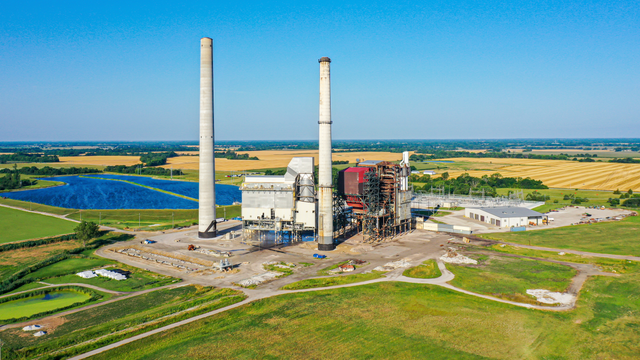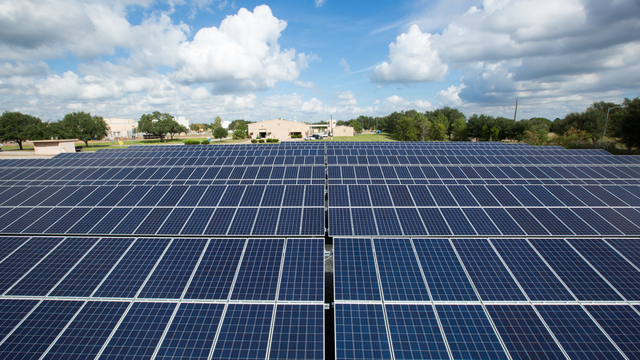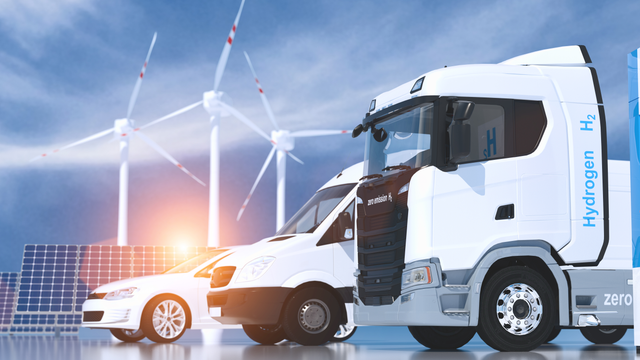
Overview
Rethink energy, reduce emissions and rely on expertise
Let us help you propel your energy transition with solutions grounded in cleaner, better ways for you to produce and use power that aren’t simply good for business — they’re essential for a sustainable future. Decarbonizing power generation, integrating and delivering renewable energy and reducing your carbon footprint takes deep technical insights and energy transition expertise. Build resilient, future-ready systems with our proven solutions in hydrogen, renewables, sustainable fuels, electric vehicle (EV) transportation and power delivery. Rethink energy by deploying innovative hybrid energy systems for added stability and flexibility while also improving load management.
Sustainability is at the heart of how we plan, build and implement strategies that drive growth in an evolving energy landscape. Make informed decisions that deliver tangible impact and returns — from assessing your carbon footprint to developing compliance-ready, efficiency-boosting strategies. We’ll guide you on a clear path to achieve your emissions reduction and sustainability goals.
Confidently embrace the future of energy and thrive every step of the way. Secure your position as an industry leader with smart, practical solutions built for lasting success. Invest in flexible, innovative energy systems that propel you forward.
Innovate, transition and lead in the new energy era
Thrive throughout the energy transition, whether you’re a power provider, public sector leader, federal agency or part of the data center, commercial, industrial and manufacturing, gas, oil, chemicals and mining industries. Plan for the resilience, efficiency and sustainability you need to future-proof your systems with tailored, innovative solutions backed by a century of trusted expertise. Don’t simply adapt to the energy transition — lead the charge, transforming opportunities for growth and redefine your industry’s future.
Navigate complex technologies and identify the optimal energy mix from across the generation ecosystem to achieve your sustainability goals confidently and cost-efficiently, your way.
Unlock true peace of mind with seamless project execution, from initial planning to final delivery. Align your vision with results that make a difference, driving growth and success in an ever-evolving energy landscape. Wherever you stand on your sustainability journey, empower your path forward with strategic insight and powerful, actionable solutions that accelerate progress and inspire transformation.
Power Providers
Lead the energy transition and meet the rising demand for clean power with solutions that keep you ahead of the curve. Your customers expect sustainable energy that’s reliable, affordable and safe — and we help make it happen. From bridge fuels and renewables to next-generation options such as hydrogen and advanced nuclear, empower a sustainable, efficient energy future with power generation solutions tailored to your goals.
Prepare your grid for the future: a modern grid is essential for safe, low-carbon energy delivery. Strengthen your transmission and distribution systems to align with the push for greener power and evolving industry standards, backed by our deep expertise and comprehensive services. Together, we can achieve profitability, reliability and compliance, navigating a rapidly changing industry with confidence.

Contact Us
Looking for a partner in innovation?
Let's Talk












